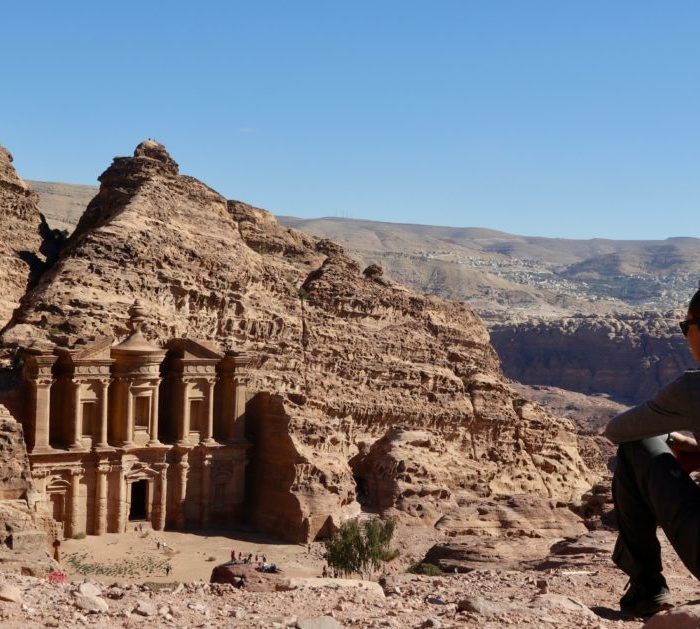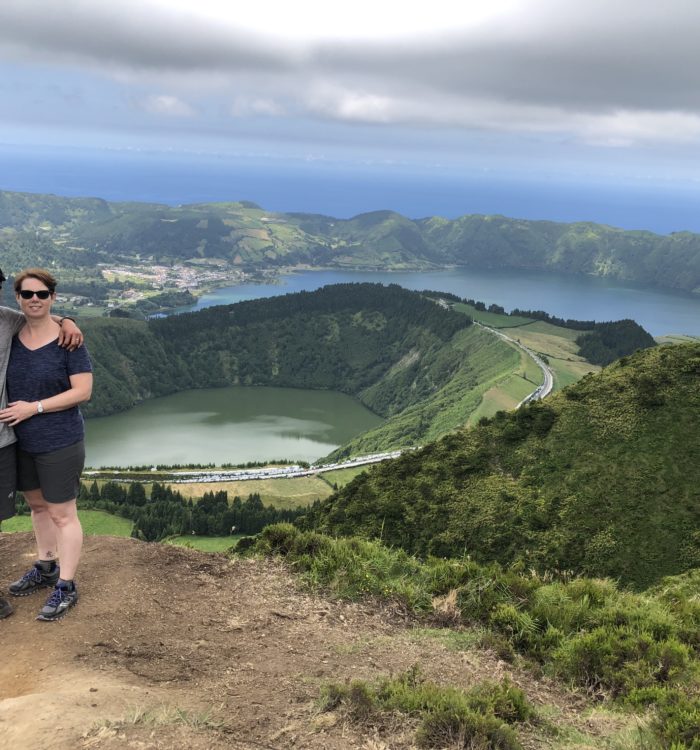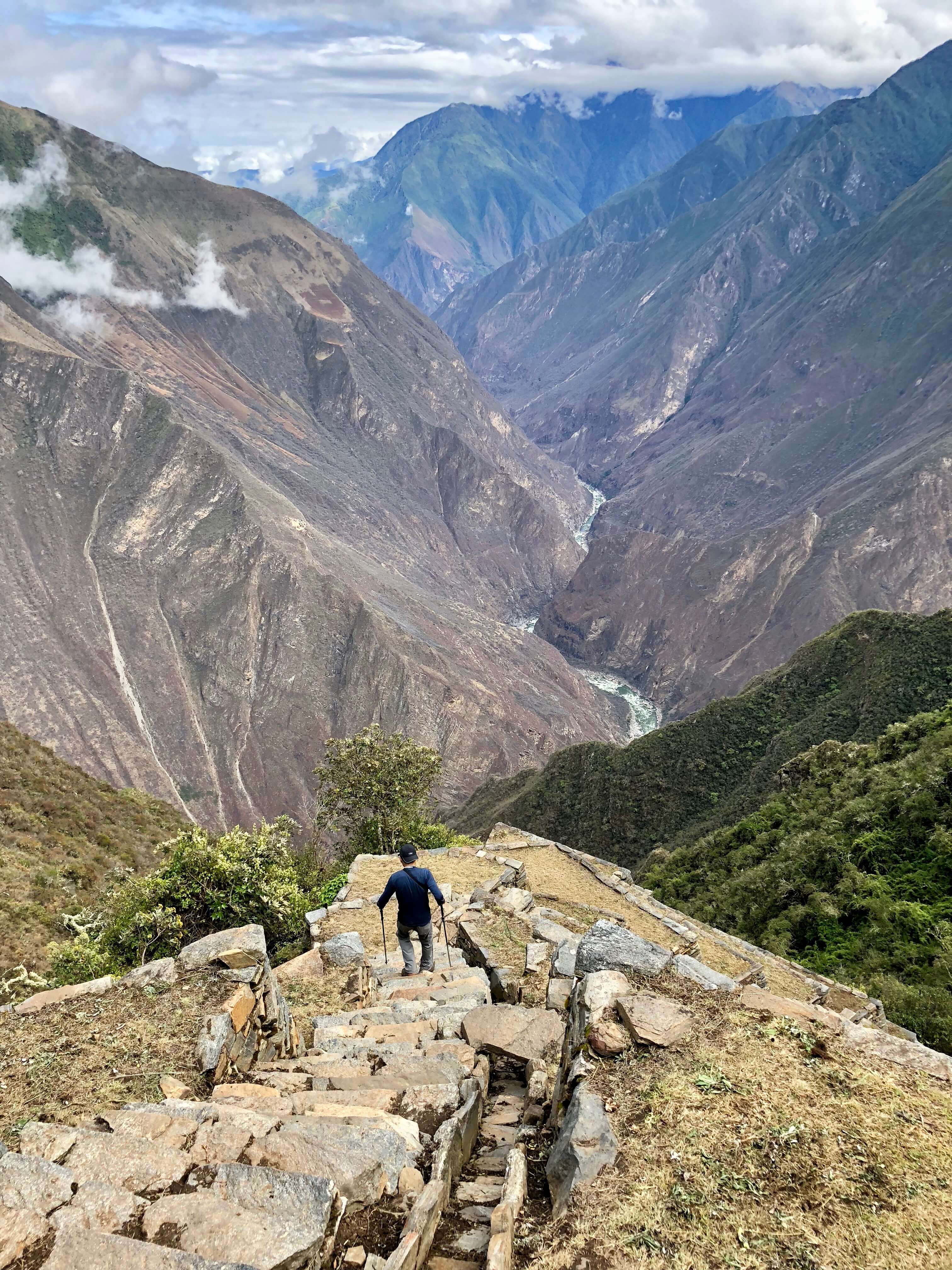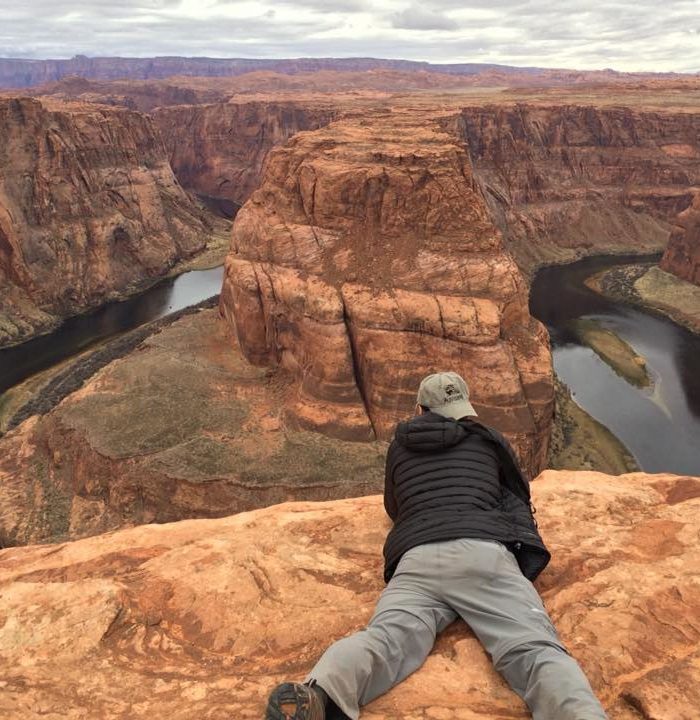After the savoury sights, sounds and craziness of the past four or five months, I may have come to the Antarctic with the least expectations of anybody on this expedition cruise. It’s hard to top the splash of a saffron robed monk collecting alms at six in the morning in Luang Prabang, or scaling the wild, crumbling ramparts of the Great Wall. And I knew I couldn’t count on penguins to provide the same cultural charge as a Bangkok tuk tuk driver kamikazing to Khao San Road.
Nevertheless, there are travellers for whom the Antarctic is the holy grail for penguin watching. Throw in some humpbacks, orcas and icebergs, and people dutifully pay up to fifteen grand on some boats. You even get bragging rights for knocking off the last of seven continents, as some do.
 Our ship the Antarctic Dream, is twenty shy of it’s 78 capacity. I’d expected a fairly well-heeled, sixty-ish age, kind of crowd. But the median was brought down closer to the low forties by a sizable contingent of last-minute booking, pre-current midlife crisis backpackers–each doing South America for an average of nine or ten months.
Our ship the Antarctic Dream, is twenty shy of it’s 78 capacity. I’d expected a fairly well-heeled, sixty-ish age, kind of crowd. But the median was brought down closer to the low forties by a sizable contingent of last-minute booking, pre-current midlife crisis backpackers–each doing South America for an average of nine or ten months.
The Atlantic, Pacific and Antarctic waters converge to form the world’s roughest waters, the dreaded Drake Passage. Most of the passengers take seasickness meds. Not all respond, or the meds make you feel sleepy and stupid. By the second night we hit a storm seldom seen by the crew. Winds and waves reach force ten on a scale up to twelve, twelve being a hurricane. Most passengers can’t crawl out of their cabins for meals. Traveling solo, with fourteen metre waves pounding about, huddling in a darkened cabin, pining for Trish…it’s possible to see why they called the early explorers and whalers, ‘iron men in wooden boats’.
We kill time with lectures, meeting one another, playing games, gazing out at the grey, foamy onslaught of wind and waves. Cutlery and glassware fly off the skid-proof place mats, people struggle to remain in their chairs. One passenger goes for a tumble and cuts himself. Passengers are awed with the force of nature, and despite the brave faces, likely intimidated. It goes without saying, but I’m sure I wasn’t alone in thinking this, that should the worse happen, it would be unimaginable to expect we’d make it to the lifeboats, let alone expect a rescue.
Bow of the Antarctic Dream during Drake crossing (two lifeboats-port and stern):
We complete the Passage and reach the South Shetland Islands half a day behind schedule. But we’d already spotted our first icebergs, orcas and humpbacks –crossing from port to bow, back and forth.
Orcas (one time we saw a small pack of them unsuccessfully track and separate a mother humpback from her calf):



Petrels, and albatrosses gracefully swoop out of nowhere, bank sharply with the ship, then skim along the surface of the water.
 Superb swimmers–the gentoo penguins porpoise (dive) in and out of the water at 12 knots, ready to pop out of the water and waddle as soon as they hit land (or ice). In many ways the physiology of them is fascinating. Their necks crane almost completely around and down so they can lick their oil glands and waterproof their fur. And one understands their incessant racket once you realize that it is sound which they use to distinguish one another.
Superb swimmers–the gentoo penguins porpoise (dive) in and out of the water at 12 knots, ready to pop out of the water and waddle as soon as they hit land (or ice). In many ways the physiology of them is fascinating. Their necks crane almost completely around and down so they can lick their oil glands and waterproof their fur. And one understands their incessant racket once you realize that it is sound which they use to distinguish one another.
These and orcas, seals (crabeaters, leopard, elephant and fur mostly-quite frankly, after the Galapagos, I’m a bit sealed-out), the odd minke and other birds (most of which I can’t remember–they are birds after all) are the mainstays of wildlife we see.
After days of sea sickness and inertia, we are clearly restless and disembark with a guileless wonderment at Yankee Bay for our first zodiac landing. We are greeted by a colony of several thousand gentoo penguins and several species of seals. Cute is a tired, overused maxim for penguins. But I doubt many of us take fewer than several hundred pix of the awkward yet charming birds.
Several more landings and a couple of other species (adelie, chinstrap) later, I get penguin-ed out, and over-heated. I’ve clearly over-packed and over-dressed. Yes it’s the windiest, driest and coldest place on earth. But except for the windchill, it’s downright balmy compared to Ottawa during winter.
Porpoising (swimming) penguins:
Nobody queues better than penguins:
Notice how teeth point inward, ensuring no meal slips away:
Chicks sneaking off to play nooky:
Chicks hang in with one parent while the other goes fishing, before going to nursery after about six weeks:
The nails provide superb grip on the ice and rocks:
Where there is life, there is also death:
This penguin has been picked clean by birds (likely skuas who are always hovering about for the chicks), and is missing it’s flippers
This chick’s eyes have been picked out:
Decaying penguin carcass:
Seal skull (far larger than their Galapagos counterpart):
Whale bones:
Penguin outhouse, or statement to tourists…whatever, Port Lockroy:
Cormorant nest, Wiencke Island:
The presence of humpbacks, and orcas turn us into sheep. We compliantly stampede together after each cry of, “whale”, and dart back and forth across the ship. One former British Army explosives engineer not named Roger, digresses to a pubescent glee with every whale sighting. Clearly these creatures resonate for many. I’m not one of them, preferring to relish the hostile environment, yet the setting boldfaces everything in the Antarctic.
The eighty-three metre long, Chilean crewed Antarctic Dream. Captained by Ernesto an avid photographer, and expedition leader Rodrigo, an ornithologist (who confided in me and joked that by the end of the season, he’s ready to kick those furry little bastard penguins).
Dallman Bay, Andvar Bay and Lemaire Channel
Even Alaska and Greenland vets are impressed. Our last full day on the continent is a history lesson, then a polar dip (1 degree celsius) on Deception Island, the a volcanic area with active thermals. Shackleton had initially wanted to seek refuge in this former whaling station after he and his crew were shipwrecked on the other side of the Antarctic Peninsula in 1916. Whalers and sealers left evidence of their wildlife pillage. Rusting away are enormous vats resembling crude spaceships constructed to harvest the whales and seals.
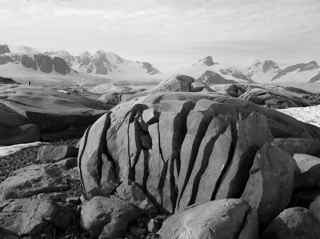 Not to be forgotten is, ‘the cruise experience.’ Just those two words would normally send me running. But our contingent of 58 passengers and 40 crew are perfect. Large enough to still be fresh, small enough to at least know the nationalities of one another. It’s not an especially physically active expedition. The most sweat we work up is in the sauna or over cards. We sit around too much, and eat more than we need (though I would’ve killed for a decent curry; and where was the infamous habanero sauce?). But a group of about 13 seasoned travelers from 11 different countries gel. Some of their pictures augment this blog. We all agree this has been an intense, binding experience.
Not to be forgotten is, ‘the cruise experience.’ Just those two words would normally send me running. But our contingent of 58 passengers and 40 crew are perfect. Large enough to still be fresh, small enough to at least know the nationalities of one another. It’s not an especially physically active expedition. The most sweat we work up is in the sauna or over cards. We sit around too much, and eat more than we need (though I would’ve killed for a decent curry; and where was the infamous habanero sauce?). But a group of about 13 seasoned travelers from 11 different countries gel. Some of their pictures augment this blog. We all agree this has been an intense, binding experience.
Overlooking Neko Bay. From here we bodyslide down to the water’s edge, then uncork champagne, toasting our first continental landing:
The crew remark on the atypical superb weather we’ve had since the first Passage. Everyone’s on deck revelling in the moment. Just before we leave the Drake, we spy Cape Horn and bask in the sun and the glow of an indescribly rich experience. Each with a child-like exuberance–somewhat akin to a bacteria-polar bacteria I believe it’s called.
Trish and I have always designed our trips based on the possibility of cultural experiences, lured by the ancients and stunning geography. The Antarctic has unmasked our myopia. A good travel, an unforgettable travel, is not just what you see, or where you go, but how it moves you.
A final good-bye and acknowledgement to the little ones. To my God-daughter Marie for following us, to my nephews Mattie and Avery, the latter who still thinks I’m at the movies, to Matthias who loves penguins, to the wacky Bouillon kids–Maxx, Jonah and Carlee.
